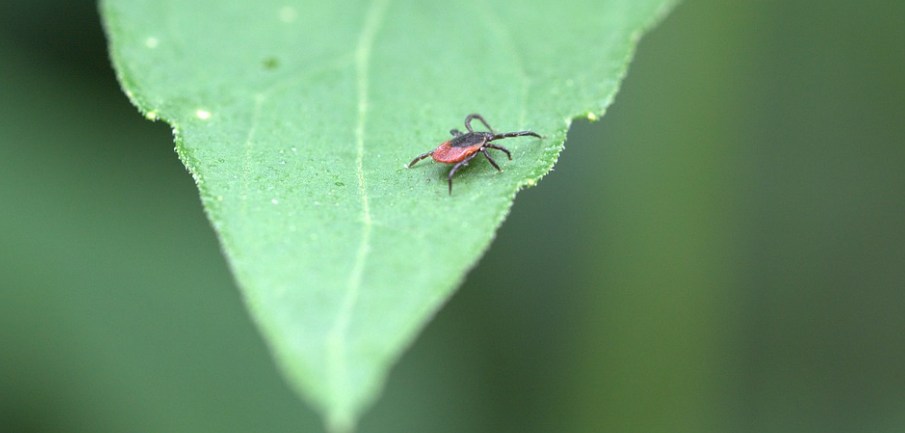
What is Lyme disease?
Lyme disease is caused by Borrelia Burgdorferi, a bacteria transmitted by deer ticks (also known as black-legged ticks) that carry the Borrelia bacteria. Deer ticks, as well as other ticks, can also spread infections such as Bartonella, Babesia, Ehrlichia, Anaplasma, Tularemia, Rocky Mountain Spotted Fever, Powassan Virus, Heartland Virus, and more. Ticks are a concern almost everywhere across the United States, but they are especially a concern in the northeast and midwest.
Signs of Lyme disease
Watch for the following…
– fever
– headache
– fatigue
– skin rash
– aches
– flu-like signs
– increased allergies
– brain fog
– depression
– digestive issues
– abnormal blood pressure
– irregular heartbeat
– neck pain
What to Do If You Find a Deer Tick (or Any Tick)
If you find a tick attached to your skin, proceed with the following steps…
1. Using a tweezers, grasp the head of the tick as close to the skin as possible without crushing it. Crushing the tick can cause more toxins to be released into the body.
2. Once grasped, pull gently away from the skin.
3. You may choose to put the tick in a ziplock bag and send it in to us for testing. If you choose to do this, add a moist cotton ball to the bag to prevent the tick from drying out.
Preventing Tick Bites
Ticks are most commonly found in grassy or wooded areas. Avoid these areas if possible during the spring, summer, and early fall. If you will be in grassy or wooded areas, take the following precautions…
1. Walk in the middle of trails, and avoid sitting on logs or leaning on trees.
2. Wear a hat, and tuck hair in if possible.
3. Wear a long-sleeved shirt.
4. Wear closed-toe shoes.
5. Wear long pants tucked into socks.
6. Wear a repellant on skin and clothes.
7. Wear white or light colored clothing to see the ticks better.
8. Do a tick check immediately upon returning from the outdoors.
9. Check again 2-3 days later.
Want to Keep Your Yard as Tick Free as Possible?
Check out this previous Balanced Health blog post…
Is Your Yard Tick Safe? How to Reduce Ticks in Your Yard
